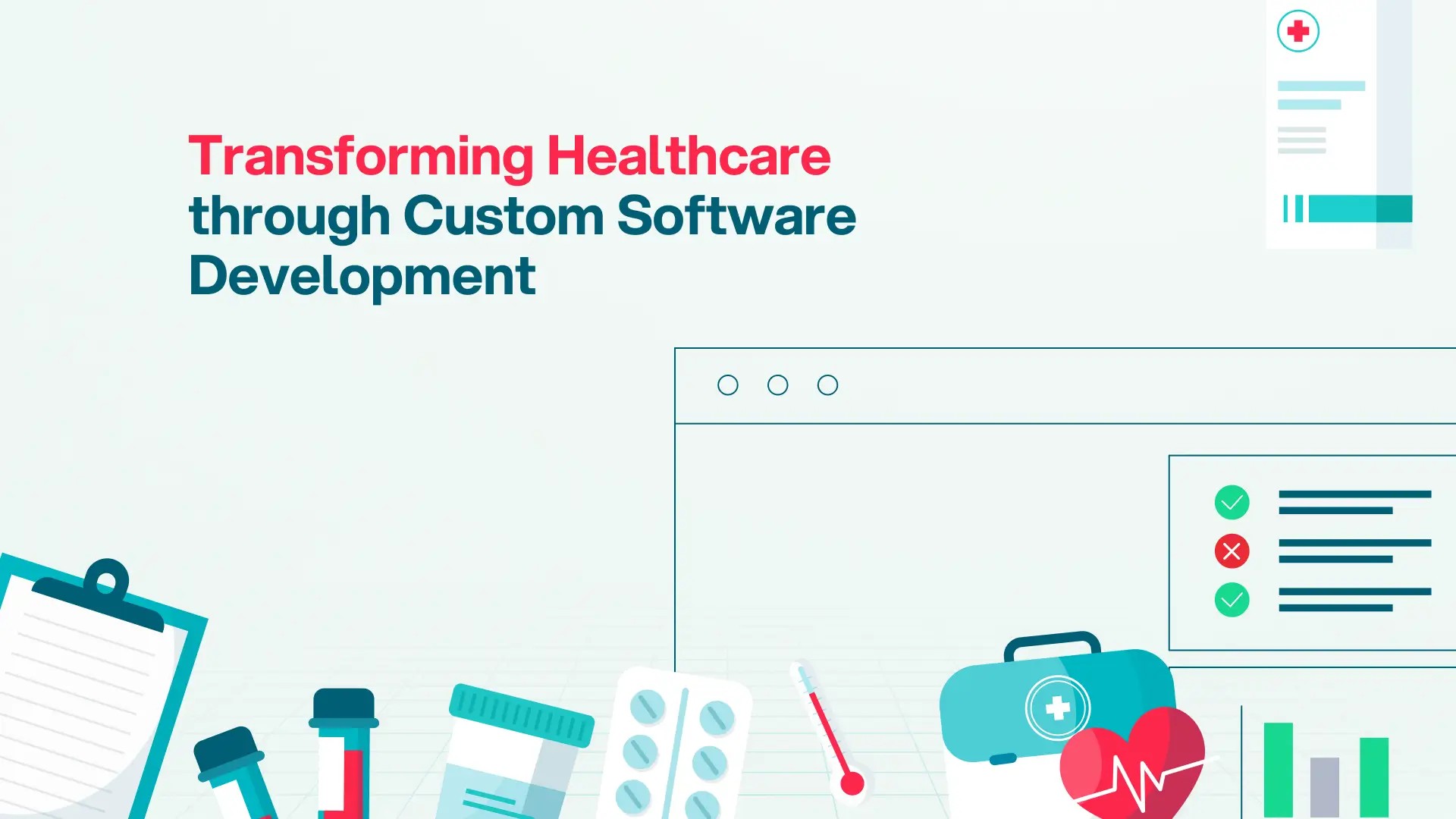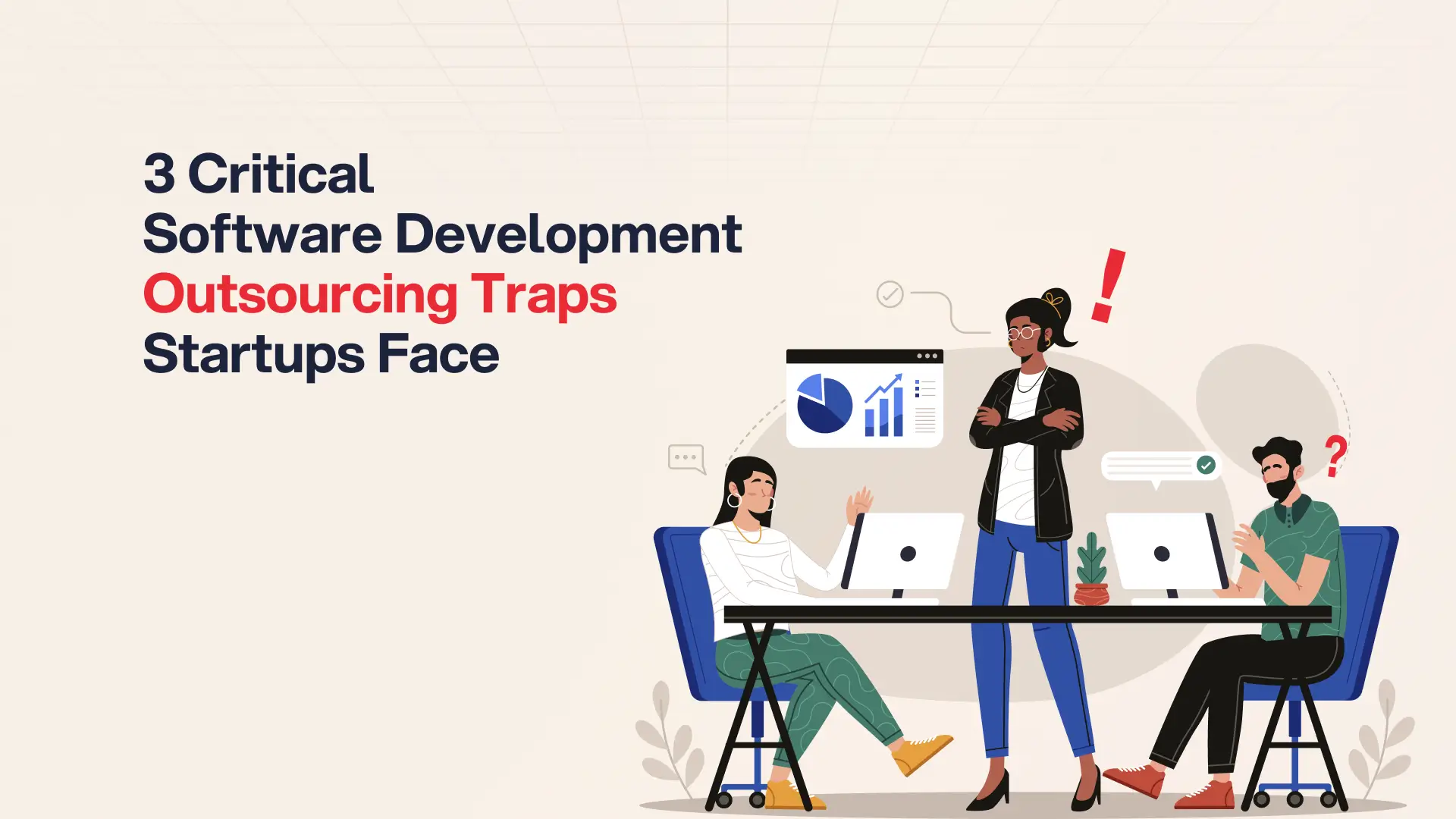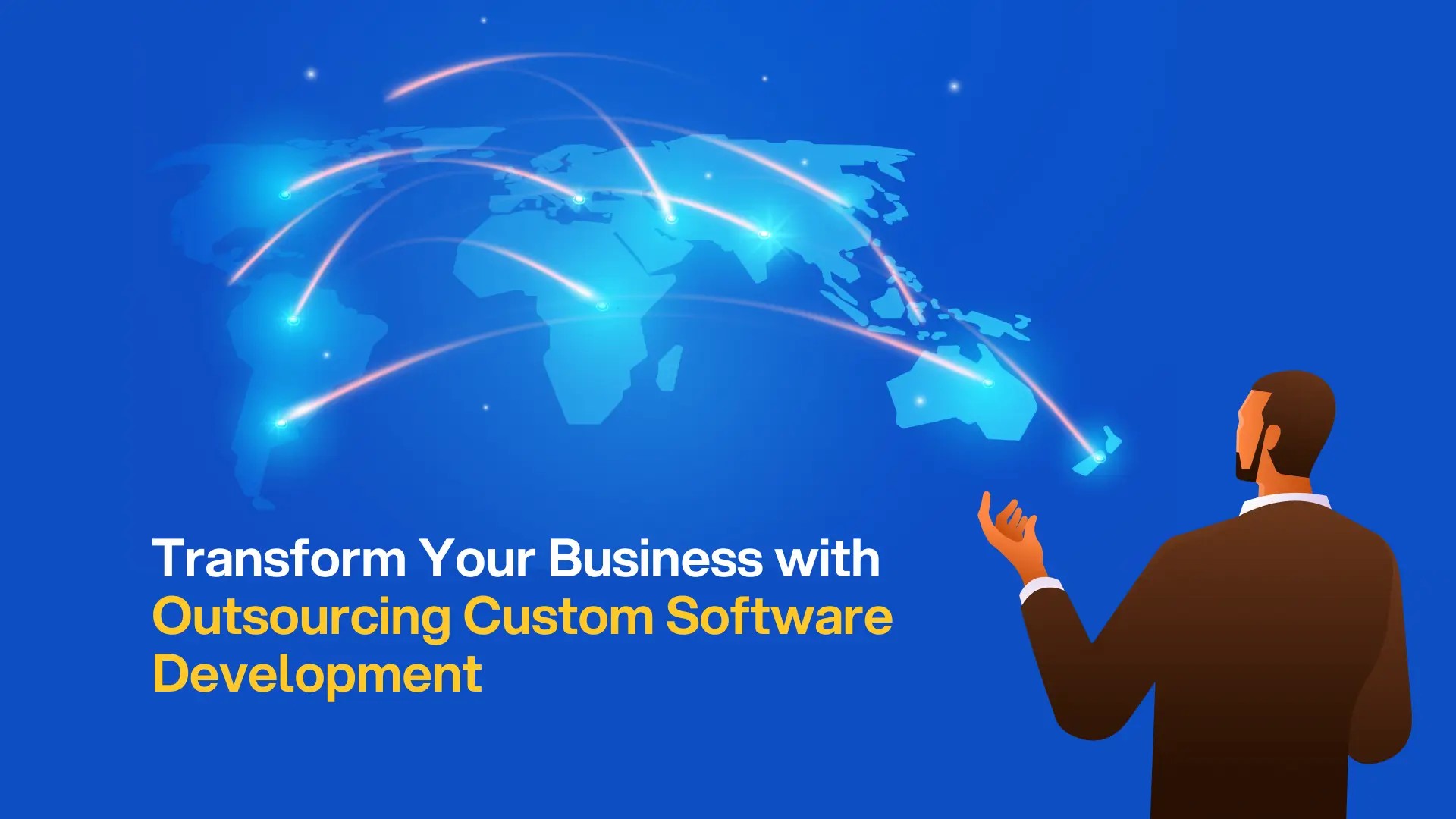Post Activity
 471
471
Table of Content
Share This Post
Table of Content
Artificial intelligence (AI) is redefining how companies compete and create value. Over 80% of enterprises view AI as essential, yet 65% of projects fail due to misaligned goals. Designing a future-ready AI strategy for business starts with clear business alignment, robust data readiness, and scalable use cases.
According to Deloitte, outsourcing not only delivers measurable value but also helps organizations reduce costs by up to 25% and accelerate results by 40%—underscoring the broader benefits of outsourcing. Success requires more than adopting new technology. It demands a modular, outcome-focused roadmap that evolves with your business. For C-level leaders, future-ready AI is not just a tool. It is a core capability that drives sustainable growth.
Core Pillars of a Business-Centric AI Strategy
Business Alignment Over Hype
A successful AI strategy for business starts with clarity of purpose. More than 81% of projects fail because they prioritize technology over outcomes. Business leaders must first define the specific problems AI is meant to solve. AI can reduce customer churn, optimize supply chains, or unlock new revenue streams. For an AI strategy for business leaders, this alignment ensures that AI investments directly support strategic priorities.
Data Readiness
AI is only as powerful as the data that fuels it. Organizations must assess their data maturity. Look for the follwoing:
- Data accuracy: Ensure high-quality data inputs, as poor data quality is a leading cause of AI project failures. According to Forbes, 85% of AI projects fail due to issues related to data quality or lack of relevant data.
- Data accessibility: Centralize and streamline data access to accelerate AI integration. IBM’s Modern Data Accelerators on AWS have been shown to reduce delivery time and cost, enabling faster deployment of AI capabilities.
- Data governance: Implement strong data governance frameworks to ensure compliance and build trust. Microsoft reports that 90% of organizations plan to adopt unified solutions to mitigate data-related risks and maximize impact.
Investing in data infrastructure, integration, and stewardship is non-negotiable. Without a strong foundation, even the most sophisticated AI models will falter.
Talent and Change Management
AI transformation goes beyond hiring data scientists. It requires a cultural shift. Leaders must build cross-functional teams, reskill existing employees, and foster a mindset that embraces experimentation and continuous learning. Change management and internal communication play critical roles in ensuring long-term adoption.
Thinking of Outsourcing?
Access a wide range of outsourcing companies and find your best fit.
Building a Pragmatic AI Roadmap
Start with High-Impact Use Cases
- Focus your early AI efforts on use cases that align with core business priorities. For example, in fintech, this might involve automating credit risk models; in e-commerce, it could mean improving product recommendations.
- Prioritize initiatives based on ROI potential and feasibility.
- The best AI strategy for business growth ensures use cases are both scalable and tied to measurable value.
Pilot Fast, Scale Wisely
- Avoid large, monolithic AI projects that require years to show results.
- Adopt an agile approach: run small pilots, measure performance, and iterate quickly.
- Once proven, these pilots can scale across functions or markets, backed by real business metrics.
Partner vs. Build Decisions
- Strategic partnerships with AI outsourcing firms can cut development time by 40% and costs by 25%, as per the study by Deloitte.
- Evaluate whether to buy, partner, or build. The decision is based on your goals, in-house capabilities, and industry dynamics.
- Strategic partnerships with AI vendors or outsourcing firms can accelerate time to value while mitigating risk.
Choosing the Right Type of AI for Your Business Needs
Understanding the capabilities of different AI technologies can help you match the right tools to your strategic goals. Different technologies like natural language processing (NLP), machine learning (ML), and large language models (LLMs) address different business needs, delivering better results. For example, an intelligent customer support platform might use NLP to interpret queries, LLMs to generate accurate responses, and ML to continuously learn from user interactions and improve over time.
The following are the use cases of different types of AI:
The most successful AI strategies often take a modular approach. It starts with one high-impact use case, then layers in additional AI types as capabilities grow. A clear understanding of what each AI type can deliver and how they complement one another. This empowers your leadership team to make informed, ROI-driven decisions that scale sustainably over time.
Navigating Strategic Risks and Ethical Landmines
Avoiding Technology-Led Blind Spots
AI should not be treated as a standalone initiative. When disconnected from business objectives, AI projects risk becoming costly science experiments. Executive oversight must ensure alignment between AI capabilities and enterprise strategy. This is especially crucial for AI strategy for business leaders who must balance innovation with accountability.
Regulatory and Ethical Oversight
As AI systems make increasingly autonomous decisions, companies must address ethical, legal, and compliance risks. This includes data privacy (GDPR, HIPAA), algorithmic bias, transparency, and model accountability. This is true especially in sensitive sectors like finance and healthcare.
Ready to Build Your Team?
Let’s create together, innovate together, and achieve excellence together. Your vision, our team – the perfect match awaits.
Future-Proofing Your AI Investments
Adaptability as a Strategic Asset
AI evolves rapidly. Your strategy must be adaptable. This means continuously monitoring advancements, updating models, and refining use cases. Future-ready organizations treat AI as a living system, not a one-off deployment.
Governance and Long-Term Ownership
Establish a governance framework to manage the AI lifecycle, data ethics, vendor relationships, and performance metrics. As AI becomes central to your value chain, so too must your capacity to oversee it with clarity, accountability, and trust.
Lessons from the Frontlines
PropTech: Reducing Energy Consumption with AI
At 45 Broadway in Manhattan, the implementation of BrainBox AI’s technology led to a 15.8% reduction in HVAC energy consumption, resulting in annual savings of $42,000 and a decrease of 37 metric tons of carbon dioxide emissions. The AI system optimizes HVAC responses to weather and occupancy changes, demonstrating how AI can contribute to energy efficiency and sustainability in commercial buildings.
LogTech: Improving Safety and Efficiency in Logistics
Texas-based moving company 3 Men Movers adopted AI technologies to enhance safety, optimize routing, and reduce liability. By integrating AI-driven cameras to detect distracted driving and advanced routing technology to avoid high-traffic and high-crime areas, the company achieved a 91% accuracy rate in detecting distracted driving and a 4.5% reduction in accidents within the first three months. This strategic use of AI has led to significant improvements in operational efficiency and driver safety.
Final Thoughts
The time for AI experimentation has passed. Executives must now lead with clarity, ensuring that AI initiatives are deeply aligned with business objectives and designed for measurable impact.
An effective AI strategy for business begins with asking the right questions: Where can AI deliver value fast? Is our data infrastructure ready? Do we have the skills and governance needed to sustain success?
Answering these questions is the first step toward embedding AI as a core business capability. For business leaders, investing in the best AI strategy for business growth means aligning people, data, and partnerships to build long-term advantage.
Find Your Perfect Software Outsourcing Partner
Unlock a world of trusted software outsourcing companies and elevate your business operations seamlessly.






